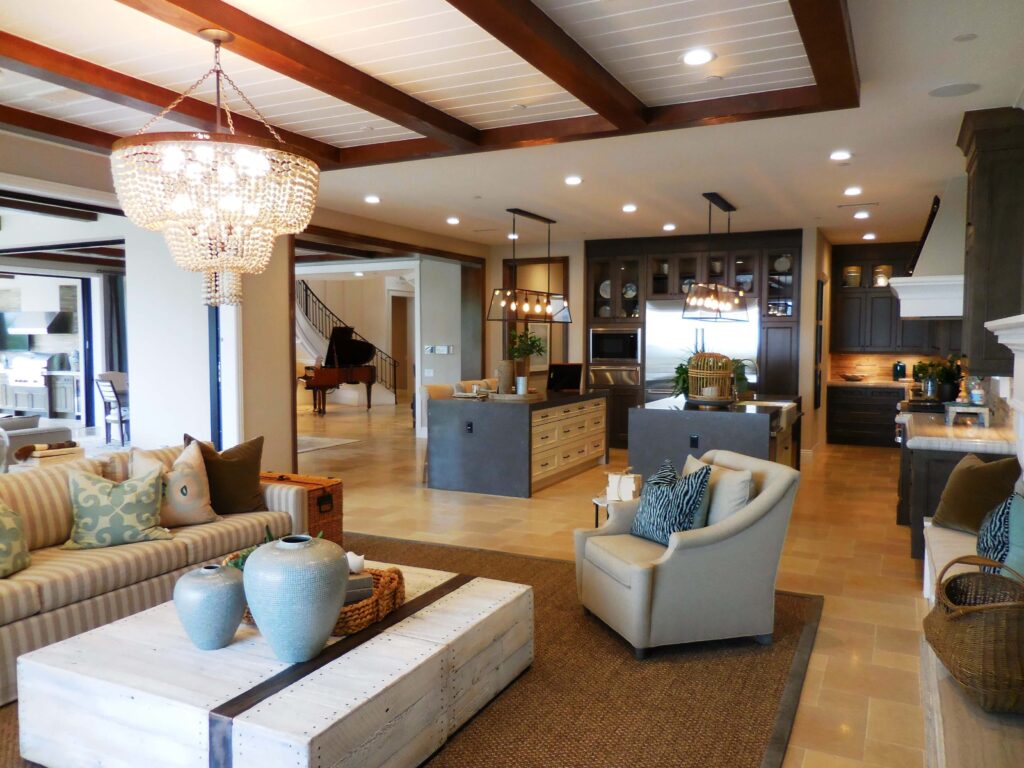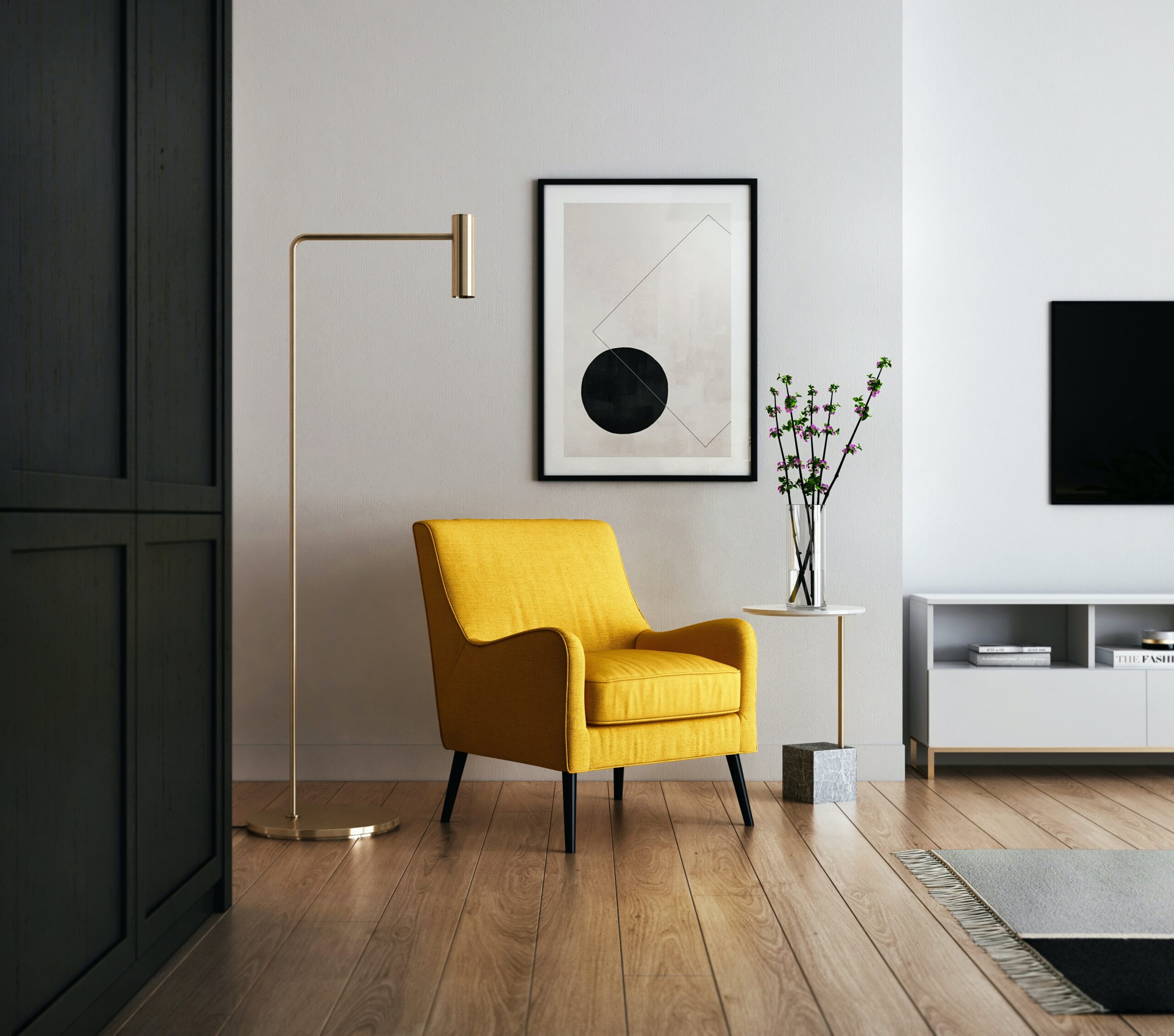Arranging a bedroom involves creating a comfortable and functional space that meets your needs and reflects your personal style. Here are some tips for arranging a bedroom:
- Define the Purpose:
- Identify the primary purpose of the bedroom. Is it solely for sleeping, or do you also want to include a study or a sitting area?
- Consider Bed Placement:
- Place the bed as the focal point of the room. Usually, the wall opposite the door is a good choice. Make sure there’s enough space on either side for bedside tables.
- Create a Functional Layout:
- Arrange furniture for functionality. Ensure that the layout makes it easy to move around the room and access essential items.
- Bedside Tables:
- Place bedside tables on either side of the bed. They can serve as a spot for lamps, books, and other nighttime essentials.
- Dresser or Wardrobe:
- Position dressers or wardrobes in a way that allows easy access to clothing. Consider the flow between the bed and these storage pieces.
- Consider a Reading Nook:
- If space allows, create a cozy reading nook with a comfortable chair or chaise lounge and a small table or bookshelf.
- Utilize Vertical Space:
- Maximize storage by using vertical space. Tall dressers, wall-mounted shelves, or a tall wardrobe can help keep the floor clutter-free.
- Mirror Placement:
- If you have a mirror, position it where it’s functional, such as on a dresser or closet door. Mirrors can also create the illusion of more space.
- Consider the View:
- If you have a window with a nice view, consider positioning the bed to take advantage of it. Alternatively, use window treatments to control light and privacy.
- Rug Placement:
- If you choose to use a rug, place it under the bed with enough space on the sides and at the foot. This helps define the sleeping area.
- Personal Touches:
- Add personal touches like artwork, photos, or decorative items that make the space feel uniquely yours.
- Keep It Clutter-Free:
- Avoid overcrowding the room with furniture. Keep the bedroom clutter-free to promote relaxation and a sense of serenity.
- Lighting:
- Ensure the bedroom has a mix of lighting, including ambient lighting (ceiling fixtures), task lighting (reading lamps), and accent lighting (decorative or mood lighting).
- Color and Decor:
- Choose colors and decor that create a calming and restful atmosphere. Soft, neutral colors are often recommended for bedrooms.
- Comfortable Bedding:
- Invest in comfortable bedding and pillows to enhance the overall comfort of the room.
Remember, these are general guidelines, and your personal preferences should guide the final arrangement. Experiment with different layouts until you find one that suits your needs and makes you feel comfortable in your bedroom.

